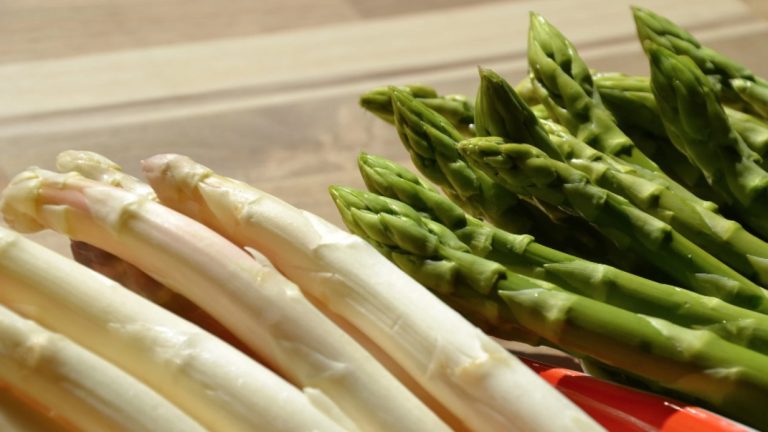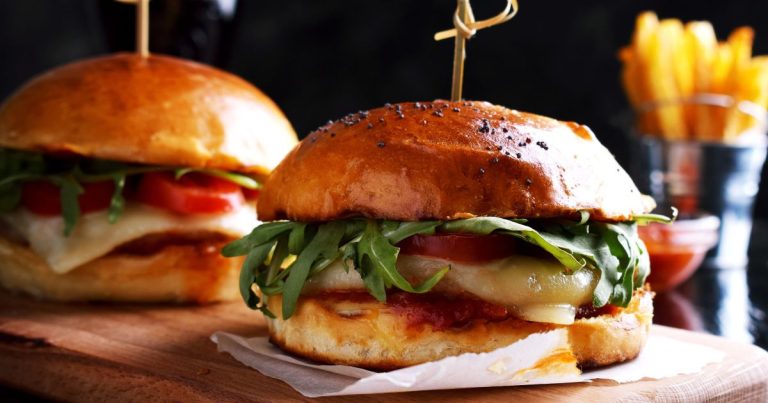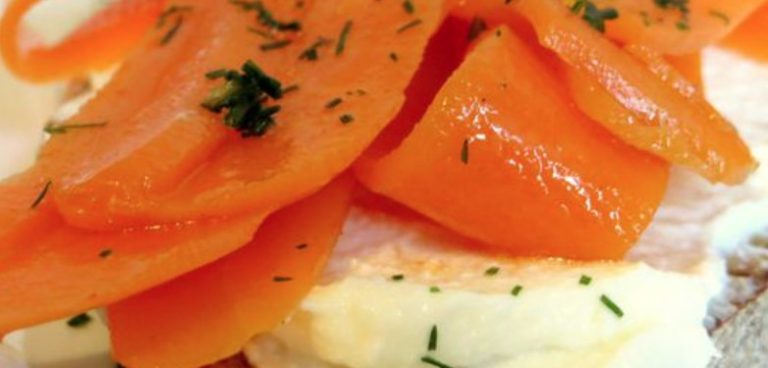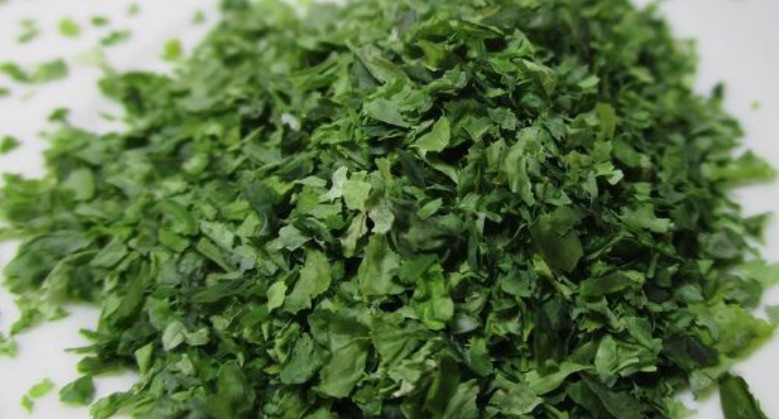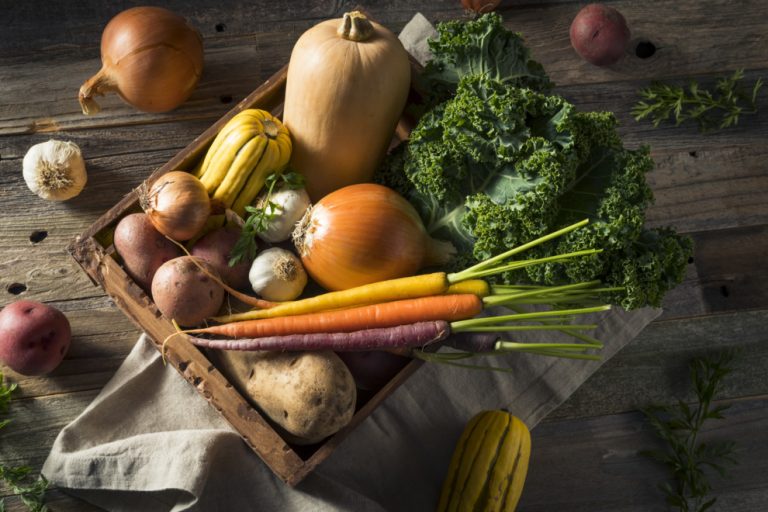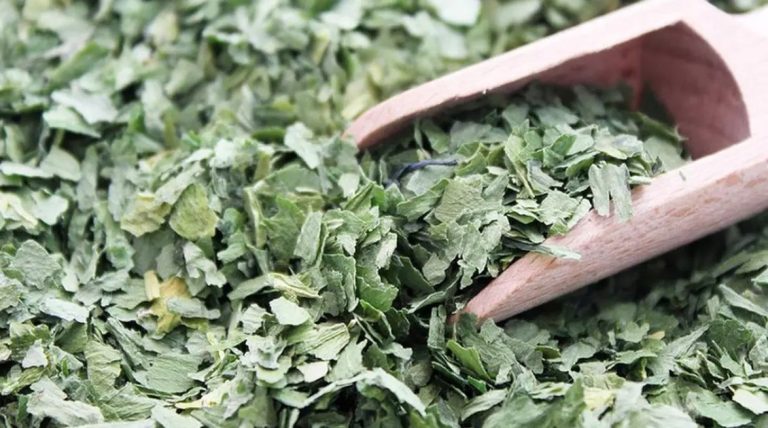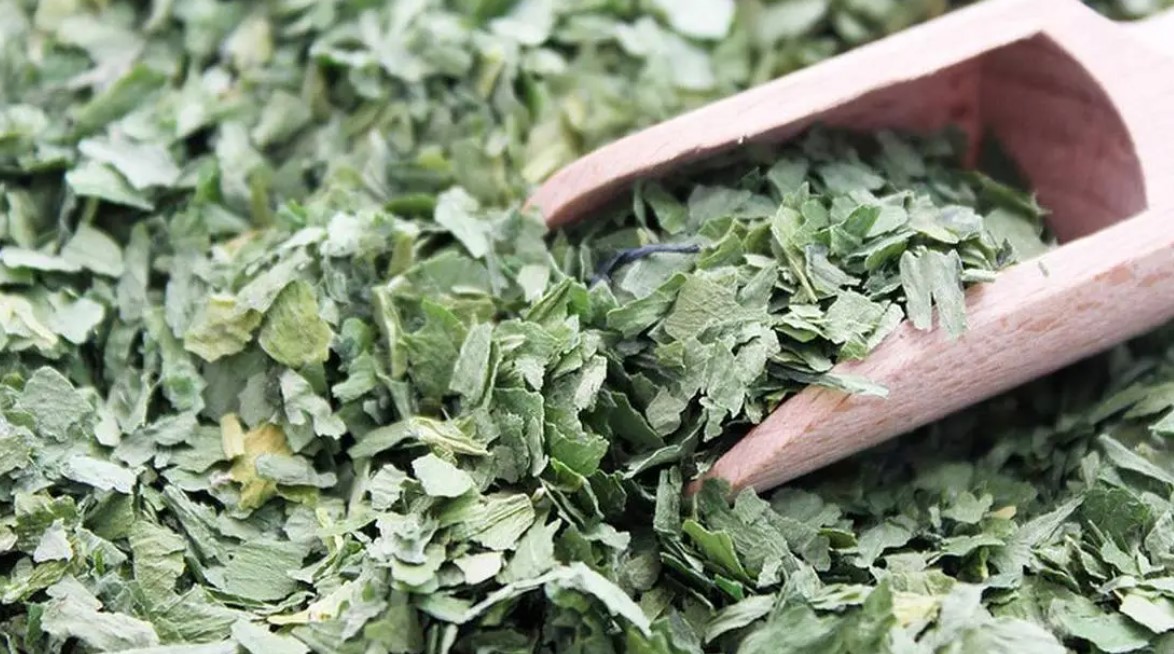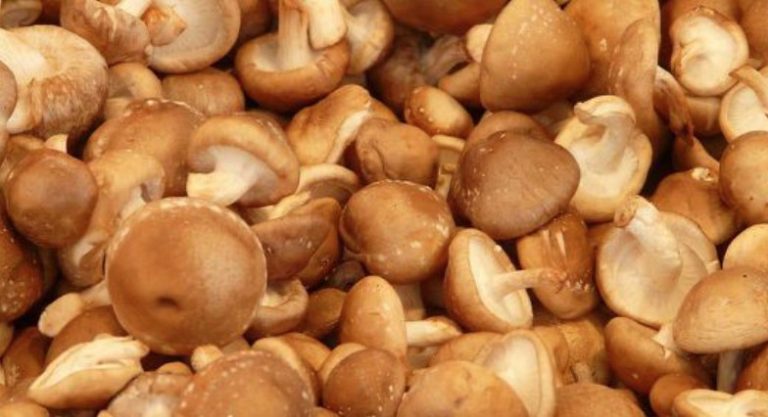Reducing your own meat consumption has many advantages for the environment, animals and health. And it’s easier than you think. We have tips on how to manage to eat less meat.
There are many good reasons to eat less meat: environmental protection, animal welfare, health, to name just a few. Perhaps you are toying with the idea of reducing your meat consumption or giving up meat altogether. On the one hand, this is not that difficult, on the other hand, we have a few tips here so that you can definitely succeed in eating less meat.
Don’t think too far into the future

If you start thinking too far ahead, you may feel a little overwhelmed by the change. It’s best not to think too much about what’s coming at first, just go for it and see how it goes for you. Thinking now about whether you will be able to do without a roast at Christmas is of relatively little use. Would you rather look for vegetarian snacks for a spring picnic or invite a few friends over for a vegetarian Easter brunch. That makes more sense – and more fun!
Don’t put yourself under pressure and don’t set big goals
Eating less meat shouldn’t become an exercise that puts you under pressure. Don’t set yourself any goals, at least not big ones. For example, from now on, “completely abstaining from meat forever” doesn’t have to be. Instead, try to set small goals, such as eating meat one day each week. Or set no specific goals at all, apart from reducing your meat consumption – without any benchmarks, quantities or time limits. So as little pressure as possible.
Tell others about it
Inform others about your intention to eat less meat (without brandishing the moral club). On the one hand, this strengthens your plan mentally, on the other hand, you may get positive encouragement that motivates you. Or – very practically – others may give you good tips or have meat-free recipe ideas to share with you.
Find like-minded people
It’s better together: This also applies to trying to eat less meat. Therefore, look for people who also want to remove meat from the menu or are already doing so. You may also find someone in your circle of friends who is also planning to eat less meat. Then you can start together and exchange ideas or support each other. It’s also more fun to try out new dishes and restaurants together.
There are also many veggie communities online. There you can exchange ideas with like-minded people, collect recipes or ask for insider tips: Where can you find good vegetarian sausages? How do I make Kohlrabi Schnitzel? Or who knows the best veggie kebab stand?
Try new things and experiment
Have you tried eggplant for the first time in your life? No problem, now is the opportunity to rediscover vegetables. For example, find a delicious recipe with aubergines and try again to see if you like aubergines. Or give Brussels sprouts a (new) chance, for example as a Brussels sprouts quiche.
But you can also combine vegetables that you have never eaten together before. For example, broccoli tastes great in a salad. Or fennel with orange – a poem!
Go eating

Especially if you live in a city, take advantage of the offer and look around for restaurants, cafes, takeaways and so on that have a vegetarian or vegan offer. There are now a variety of places in every major city that offer meat-free cuisine, from burgers to curries, sandwiches and home cooking, you’re sure to find something you’re looking for.
If you prefer to go to your local bar, then specifically ask for non-meat dishes there. Maybe you will discover new delicious dishes there that you have always overlooked. The advantage of eating out: You not only enjoy good vegetarian or vegan dishes, you also don’t have to cook or wash up yourself. Especially when starting out, it is also good to be inspired by chefs who have more experience with meat-free cuisine and show the corresponding finesse.
Eat less meat? Learn (vegetarian) cooking
If you prefer to cook for yourself, no problem either. On the contrary, you can now find countless recipes online, for example at Utopia. In addition, when you prepare (new dishes) yourself, you can enjoy the feeling of success that you get when you succeed in a recipe particularly well.
Especially if you don’t want to move in the direction of pudding vegetarian: in, it makes sense to lend a hand and cook with fresh and seasonal ingredients. The more colorful the better!
In many cities there are also vegetarian cooking courses and you will also find what you are looking for in bookstores if you are looking for vegetarian cookbooks. Maybe a good reason to visit your favorite bookstore again.
Eat what you like
Bolognese is your favorite dish? So why not cook vegan Bolognese from soy strips and make it your new favorite dish. If you don’t like something at all, for example the fennel mentioned above, then stick to meat-free foods or vegetables that you like to eat when making the switch. Or try it with dishes that you like. If you like tarte flambée, try a vegetarian version with asparagus.
Try plant-based meat alternatives
If you like schnitzel, sausage, nuggets and the like, then try vegan and vegetarian alternatives. You may be surprised and at the same time you don’t have to change your habits much.
If substitutes aren’t your thing, no problem, there are many vegan recipes that don’t require any meat substitutes at all.
Prevention is half the battle
So that you don’t throw in the towel out of habit, it’s better to take precautions. For example, if you don’t yet know where you can eat a good vegetarian meal during your lunch break, it’s better to pack leftovers from the previous evening’s dinner. At home, a supply of vegetarian ingredients, from lentils to vegetables, to tofu and tomato paste, is a good idea. In this way, delicious dishes can be conjured up quickly and you won’t be embarrassed to go back to the butcher’s meat loaf roll, especially during the break.
Also recommended: It is always good to have veggie snacks on hand for acute hunger pangs. Good snacks are nut mixes, crackers, fruit, muesli bars or a vegan snack sausage if you like to eat something like that in between. We recommend that you choose organic food here.
Pay attention to a balanced diet

Not least for the sake of your health, but also for the enjoyment of eating, you should ensure a balanced diet when you switch to a meat-free diet. Living only on fries may make you happy at times, but it takes revenge in the end.
By the way: How about chickpea fries? But not exclusively, please.
As with cooking, the same applies to eating: the more colourful, the better. When it comes to your diet, make sure that you cover your nutritional needs, for example to avoid hunger pangs. Vegetable proteins can help you with this. And try to eat as balanced and varied as possible, to integrate many different types of vegetables, fruit or cereals into your diet. Seeds, nuts and herbs (e.g. in salads) round off your meals and provide additional vitamins and nutrients. Also: the eye eats with you!
We also recommend that you buy regional, seasonal and organic food when it comes to groceries. This is not only good for you, but also protects the environment.



